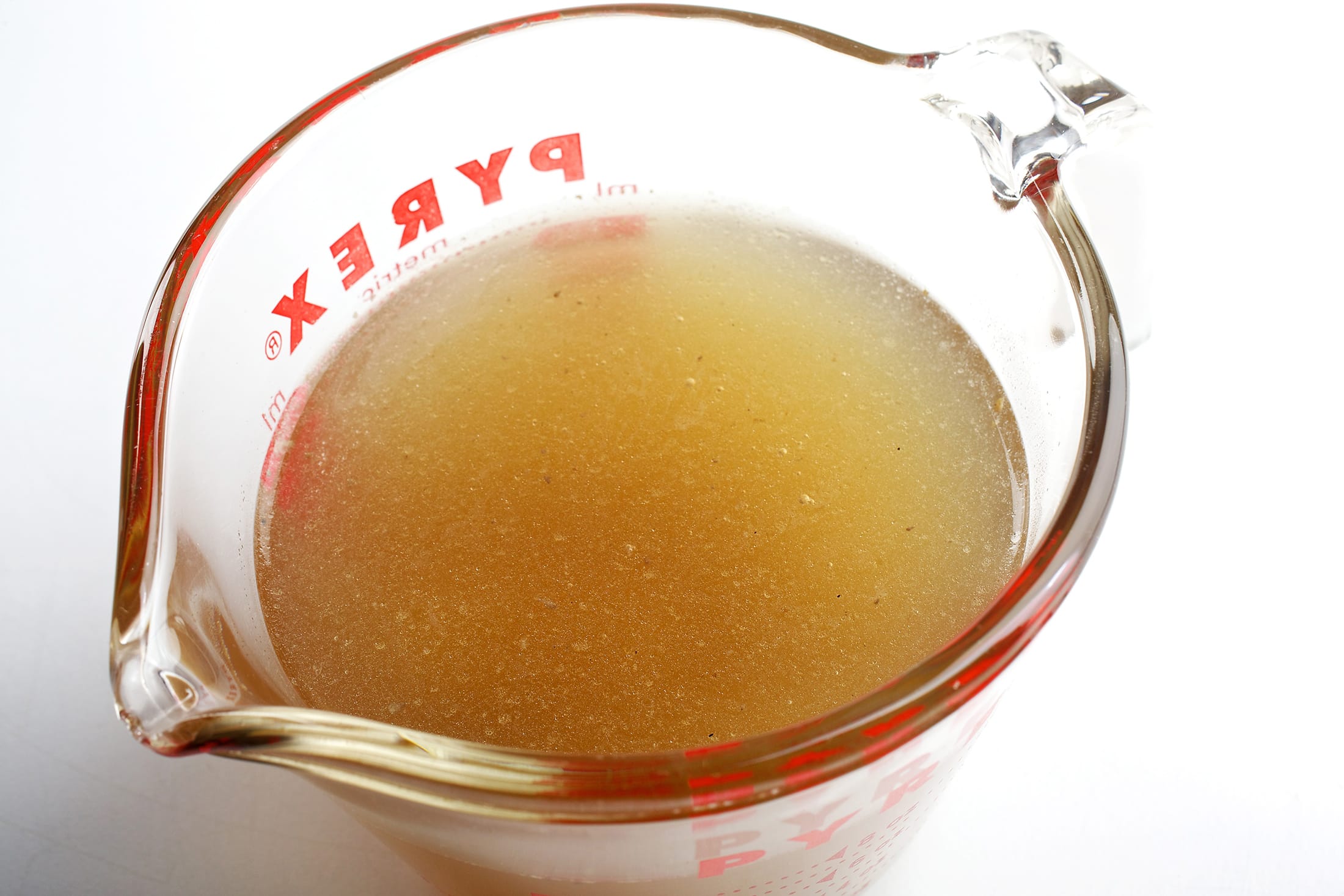When my daughter was a year old, she drank homemade vegetable and chicken broths from her bottle. Don’t stop reading; we are normal people with milk in the fridge and Halloween candy lingering in the pantry. My baby daughter simply didn’t take well to cow’s milk, and I was determined to give her something nutrient-dense to drink. At the suggestion of my pediatrician, she started consuming homemade broths. She loved them. She chugged them like other kids chug milk. She sported her own version of a milk mustache.
Why was I so keen on broth (also known as stock) as a food for my child? Some excellent reasons are found in the research cited in “Nourishing Broth: An Old-Fashioned Remedy for the Modern World,” by Sally Fallon Morell and Kaayla T. Daniel. They show that broths, especially those made with bones:
• Are full of nutrients in forms that are very easy for the body to absorb.
• Reduce joint pain and inflammation. The glucosamine and chondroitin in bone broth can stimulate the growth of new collagen, repair damaged joints, ease arthritis, and reduce pain and inflammation.
• Help with bone formation. The calcium, magnesium, collagen and phosphorus in bone broth help bones to grow and repair, making it the perfect weapon against osteoporosis.
• Heal the gut. The gelatin in bone broth protects and heals the mucosal lining of the digestive tract and helps aid in the digestion of nutrients.
• Support skin, hair and nail growth. The collagen and gelatin in bone broth support hair growth and help to keep nails strong.
• Promote sleep and calm the mind. The amino acid glycine in bone broth can be very calming.
• Fight infections such as colds and flu.
With those health paybacks, you can bet that I still feed my 3-year-old daughter broth, warmed in a teacup or served with a spoon. My boys will happily down it if I throw in some vegetables, noodles or rice to make a soup.
Whenever anyone in our house has digestive troubles or a cold, we default to homemade broth as the first food after illness. It nourishes the digestive tract and provides the nutrients we need to promptly get back on our feet.
I unambiguously care a lot about the nutrition in my food, but how it tastes cannot be compromised or nobody in my family would eat. Thankfully, beyond being nourishing, homemade stock adds flavor to so many foods. Try boiling one batch of rice in water and one in stock and tell me which is more flavorful. Spoiler: The broth wins every time.
Broth makes a delicious base for any soup, adds flavor to mashed potatoes, can be substituted for oil when sauteing vegetables, moistens leftovers when reheating, swaps in for water when boiling pasta or grains, and adds a richness to risottos, sauces and gravies.
Stock is an inexpensive food, particularly for its nutritive value. The most basic recipe calls for vegetable scraps and the bones from a leftover roast chicken, all food that would normally go to waste. A gallon of homemade chicken stock can be made for under a dollar while a store-bought broth can cost $4 or $5. You can also make broth with beef bones, vegetable peelings, and fish and shellfish scraps — all with healthful benefits. “Nourishing Broth” has recipes, and you can easily find more on the Internet.



